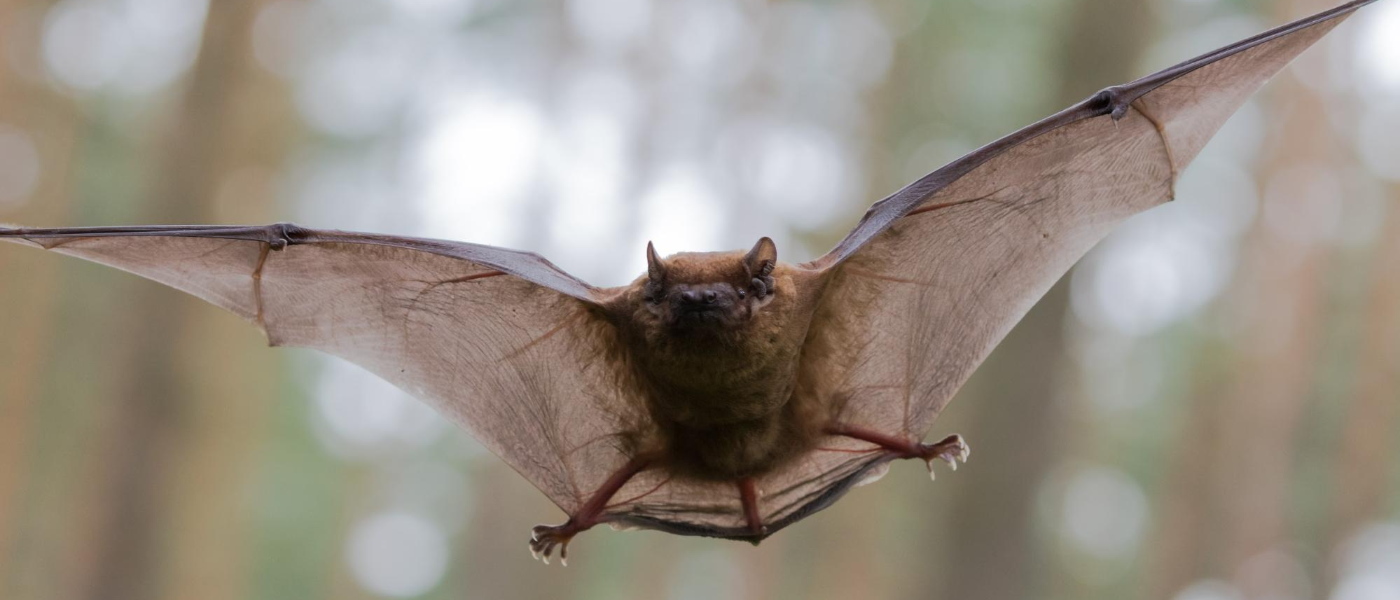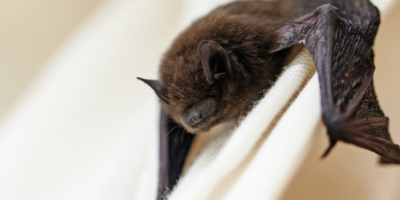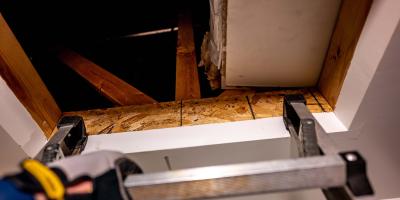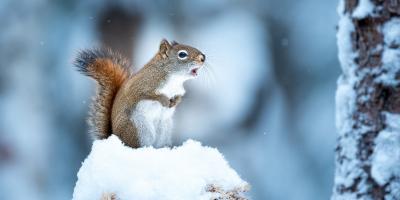Winter Bat Exclusion in New England

Despite their sometimes fierce reputation, the only thing frightening about most bats is how
close some species have come to extinction. With the exception of actual vampire bats (which, by the way, do drink blood, just generally not human blood), most bats are shy, gentle and intelligent and pose little threat to humans. Even the widespread fear that bats carry rabies is overblown—yes, some bats do contract rabies, but they are not, generally speaking, carriers of the disease.
The truth is that, for the most part, humans are far more dangerous to bats than bats are to humans, which is why you have to take exceptional care to not harm them if you do happen to find them roosting in your home or business.
A Very Real Threat
Currently, 24 species of bats are considered “critically endangered”, meaning they could go extinct at practically any time. Another 104 species are considered “vulnerable.” Loss of habitat due to human interference is the number one reason for their thinning numbers. Guano mining (their waste makes excellent fertilizer) and poorly-managed cave tourism drives countless bats from their sensitive habitats and interrupts their hibernation cycles.
Waking bats from hibernation is particularly destructive. Disturbed bats end up burning calories they weren’t prepared to spend, leading eventually to death by starvation. That’s why many commercial caves in the United States close between September and May, so the bats can hibernate in peace.
Wrestling with White-Nose Syndrome
But that’s not the only way humans have wiped out huge swaths of the bat population, nor the only reason tourist caves are closed during certain seasons. Some caves, in fact, have been closed year-round, in response to a disease that has simply decimated North American bat numbers: white-nose syndrome.
Brought to the United States in 2006, most likely on the clothes or shoes of European cavers visiting American caves, white-nose syndrome has killed upwards of 6.7 million U.S. bats since its introduction here. Thankfully, it only affects hibernating bats, which comprise about 45 species. Pollinating and migrating bats do not seem to be affected.
The Bottomline with Bats? Safety First.
All that said, bats aren’t harmless to humans—they do, in fact, pose significant health risks, especially in areas where they’ve carved out a home (like in your home). The biggest human health risk regarding bats comes from their waste—their guano and urine can accumulate in areas where they gather in numbers. Not only does their waste harbor diseases such as histoplasmosis, it can also attract other critters like ticks, mites, fleas and other pests that are harmful to humans.
For these reasons, if you do find a colony of bats nesting inside your home, you can’t just ignore it. You do, however, have to be mindful, as many local and state governments now have laws on the books regarding the proper way to deal with bat infestations.
The first thing you should do is close any potential entrance points that could welcome the bats into other areas of your home. If you’d like to give them an alternative spot to roost on your property besides your attic, you can purchase or build a bat house in the yard. After all, bats eat all kinds of bugs, like moths and mosquitoes, so you may not want them moving too far away.
The last (and most critical) step is to call a pest control professional, who will provide a bat exclusion service to identify and seal off any areas allowing wildlife into your home. Most bat exclusion services feature safe and humane one-way doors that encourage bats to exit your home without providing a way back in. After they’re out, the doors can be removed and the remaining hole can be sealed to permanently prevent re-entry. This allows bats to safely find a new home, while you enjoy yours with peace of mind.
If you’ve got bats roosting in your house, check out our bat information to request a free on-site inspection.



